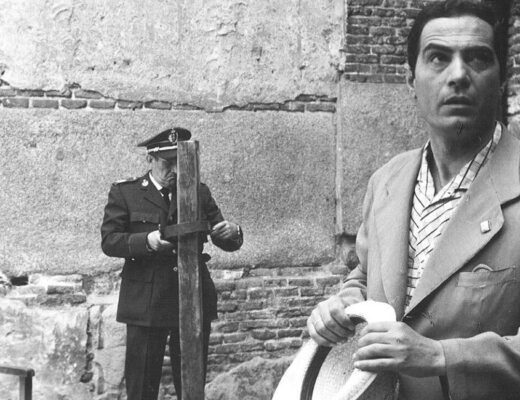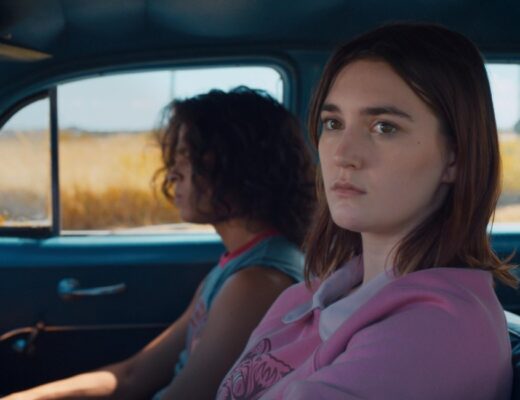Ana Vaz’s meditative documentary on the conundrum of wildlife habitation, as considered through the intensified processes of urbanization, is a more frustrating exercise in atmosphere than an attuned critique. It is Night in America appears, at first, to be a beautiful, elegiac estrangement: a cityscape observed from a rooftop, panning crudely in an extreme wide shot to the right as perhaps a nod to Akerman’s final shot in her making-of documentary, The Eighties. Initially disquieting and patient, the anonymity of apartments and skyscrapers pulsating on 16mm — texture oozing from the celluloid and coloring the shadows — the film instead hurriedly abandons its formal vocation to insist upon rigid perspective. The opening extreme wide shot cuts to a close-up, the panning intensifying in speed; the buildings are abstracted into blurs. Now, those images of alienation are screaming for attention, and any nuance quickly dissipates, never to return. During the film’s remaining runtime, Vaz posits a juxtaposition: the city in its autonomous isolation vs. animals in captivity. Voiceover is even incorporated to underline this already obvious dichotomy, inundating the work with interpassive postulation.
Vaz ogles the animals, a telephoto lens aimed intrusively upon their confusion and solitude, seeking to extrapolate nothing more than atmospherics, aided by the pairing of her use of celluloid and an operatic brass score. The question, then, is why does the film seek to extract poeticism from these circumstances? The animals cannot consent to their representation, and yet their displacement is still made spectacle of — given its ostensible thesis, is this not a matter of ethics that the work should be contending with? We have such power in the wielding of the image and we ask so persistently what that might be indicative of as we abscond with the impressions of human beings, but are those questions of ethics and morality not to also be considered when leering at the removed agencies of animals? While the footage of the city is fragile and decorative, while the orchestration of the score itself is effectively portentous, the gross aestheticism and self-insistence on what the film is about tarnishes what has the capacity to be a reflexive dual critique of compliant gazes and urban sprawl.
Published as part of Locarno Film Festival 2022 — Dispatch 2.







